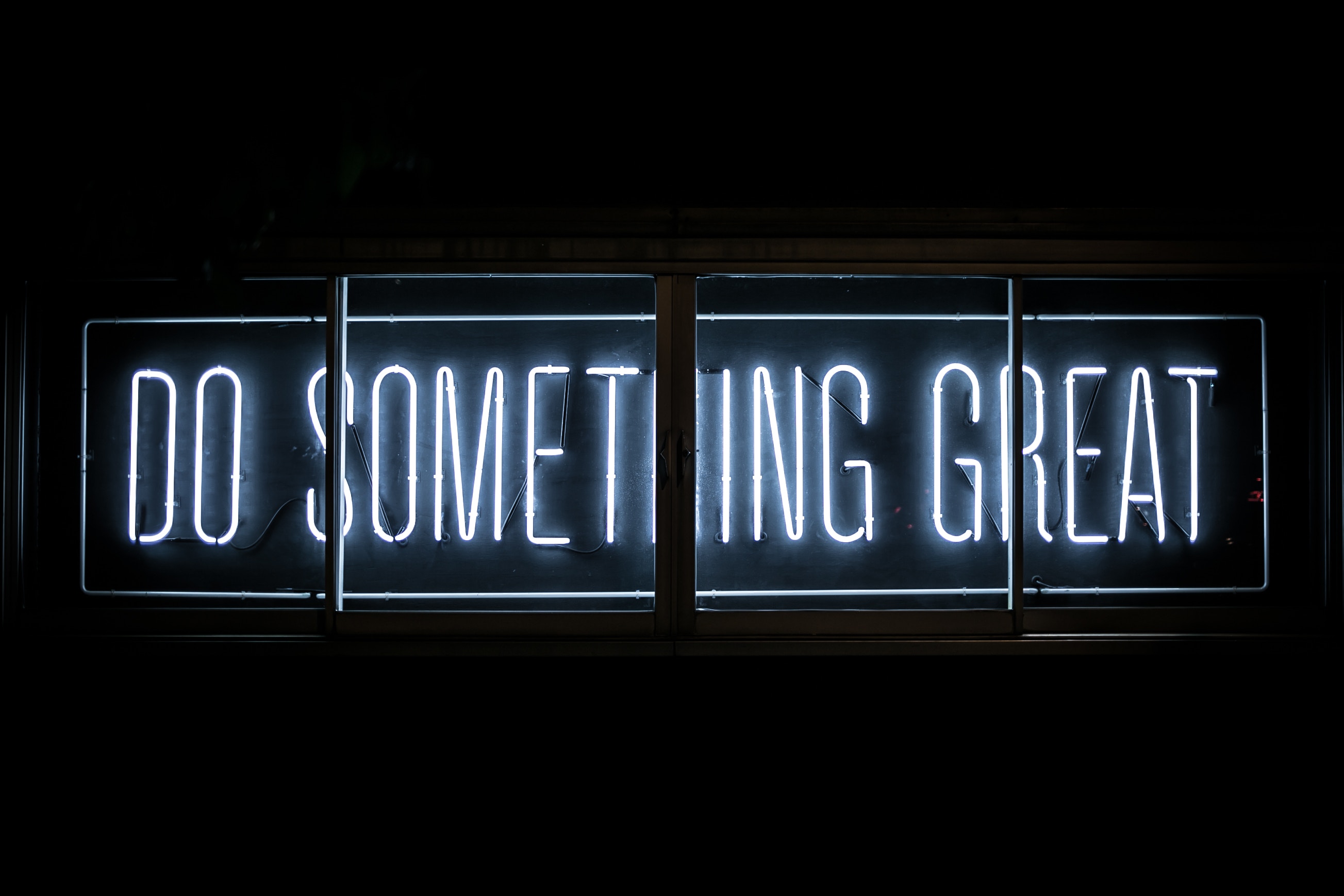Be SMART: Setting Measurable Restaurant Goals for 2019
4 Min Read By Dylan Chadwick
The beginning of a new year brings hope and promise to many. It's this time of year when we focus on planning and goal-setting, on making improvements within ourselves and our ventures.
For business owners in any industry, the start of a new year can be a "reset" over the last year. Operators set goals for the new year, informed by higher projections and larger quantities. They seek to ditch the methods that aren't working and adopt new ones which will improve their operations.
Antoine de Saint-Exupéry said rather famously "a goal without a plan is just a wish." Without a solid understanding of your existing bandwidth, a clear projection of what you want and detailed methodology to get there, you're not likely to succeed. In the modern age though, restaurant technology and data make it easier to set real, actionable goals than ever before. Here's our list of SMART goals, and how you as a restaurant operator can set goals for 2019.
Specific Goals
For goals to be successful, they must be specific. You've got to know what you're working with, to understand what you can change. Through restaurant analytics, you can use the reporting features of your restaurant technology to make operational decisions. Using data from the devices in your restaurant will help you hone in on your particular challenges and strengths. In other words, you won't be making arbitrary guesses as to what you can improve – you'll know!
From your back-of-house software, like your kitchen display system, you can gain insight into how well your kitchen is functioning. The speed of service metrics shows how quickly you're processing orders from the POS to the kitchen and back onto the floor. Cook time variance shows how long something should take to cook, and how long you're making.

From your front-of-house technology, you can get data to inform your guest management efforts. Reports like average wait times, open menu counts and average party sizes help you understand your efficiency in the lobby.
Finally, data from your POS can help you identify financial metrics, and break them down by months or weeks, to identify successful periods.
Measurable Goals
You cannot make good on the goals you set if you can't measure them. Imagine you're trying to lose 15 pounds. How would you know to measure your progress without a scale? It's the same in your restaurant.
Data reporting and analytics means you measure your real-time performance, so you can see if your efforts are paying off. For example, if you made a goal to lower your average speed-of-service times by two minutes, you'd be able to see from the report if you were on track to pull it off. If you notice, perhaps, that you've managed to lower your time by 1 minute and 15 seconds, you may conclude that you need to continue restructuring your kitchen. To make these efforts more active, you can isolate particular days and hours which throw yourrestaurant metrics our of wack, and focus on those.
Achievable Goals
Setting a specific goal, and measuring your progress as you work to pull it off is one thing, but if your goal isn't possible in the first place, you're expending all that energy for naught. Data reporting in your restaurant work in the same way and gives you a clear portrait of your limits and thresholds so that you can set goals reasonably.

If you're running reports and discover that your average wait times exceed 30 minutes, reducing that down to five minutes in a single week isn't likely. Instead, you can make smaller, incremental goals, in a specific time frame, that gets you closer to your ultimate goal.
Relevant Goals
A restaurant operator will only achieve goals if they're relevant. For example, if you're making a goal to be more consistent with exercises, the steps you'd take should be related to that specific end. You could try getting more sleep and waking up earlier, good habits for sure, but they won't necessarily contribute to your end goal.
It's the same for an operator. If you notice that things in your back-of-house are slipping, your kitchen data reporting will help you pinpoint where to focus your efforts. With restaurant data, you can make the relevant changes and tweaks you need to, where you need to, to make right on the goals you've set.
Time-Bound Goals
Finally, goals need to have a projected time frame, an "achieved by" date to be most effective. Anyone can make the aim to improve revenue, cut ticket times and raise customer satisfaction metrics in an indeterminate time frame. However, an effective goal-setter will set a projected date for when they hope to hit these milestones.

The beauty of restaurant data and analytics is that they give you specific time increments, days, weeks and months, to measure your data. These robust features help you set realistic (see "achievable") goals, but also lets you know the kind of time frames you can expect to make any changes.
SMART Conclusions
In the end, the key to making your goals actionable is to make them smart, to hit every letter in this suitable pneumonic device. While you might not hit every target you set, every time, you'll still make other improvements to your restaurant, in pursuit of these big goals. With restaurant data on your side, you can ensure that any goal you set is smart.


